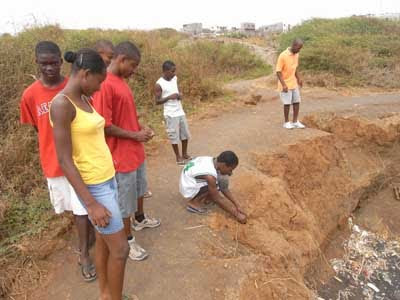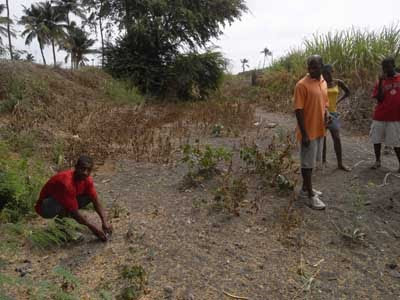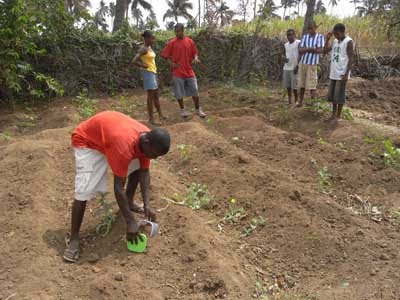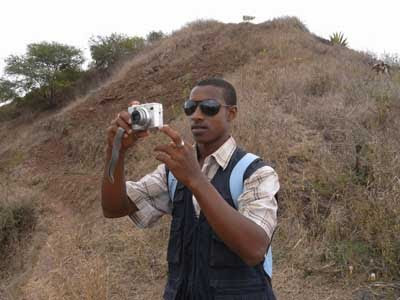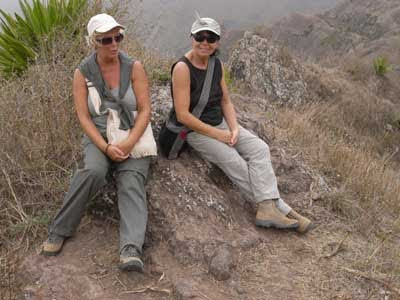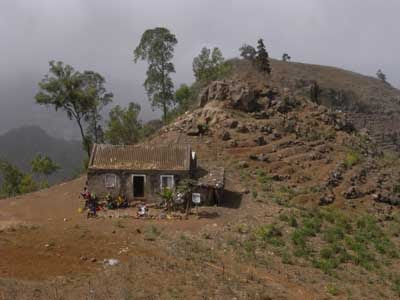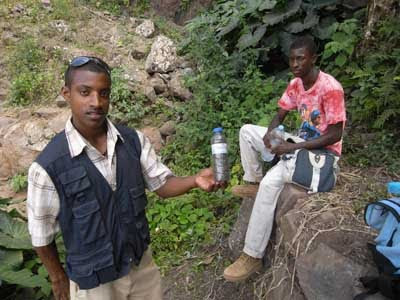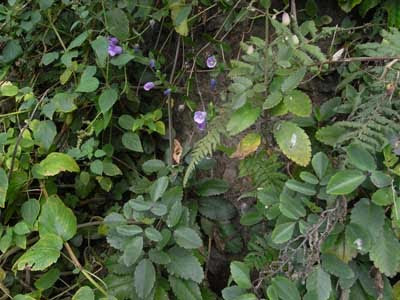We only got hold of a french version of Borrow and Demey's book on Western African Birds, so naming is a bit difficult. But this is clear: Abyssinian roller, Gabelracke:

A coucal with a lizard:
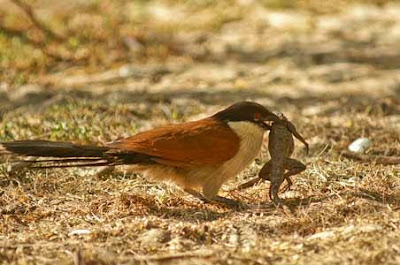
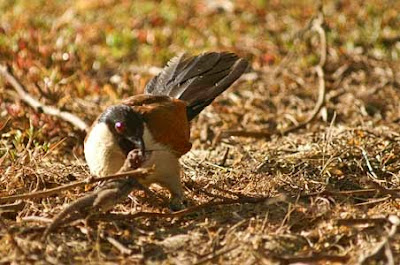
Rotschnabeltoko, Tockus erythrorynchus, is a noisy bird, easy to see in Zebrabar.
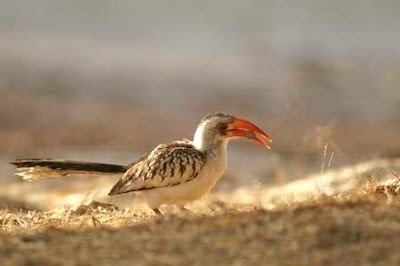
Merops persicus, Red-bearded Bee-eater.
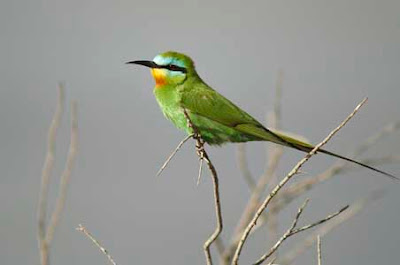
White pelican, pelecanus onocrotalus:

Huge flocks of Dendrocygne viduta (auf deutsch??) and a few anas querquedula (Knäkente):

Wildschweine gibt es im Djudj zahlreich!
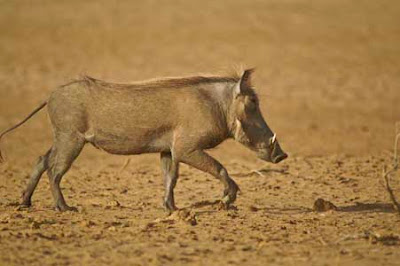
White Pelican:
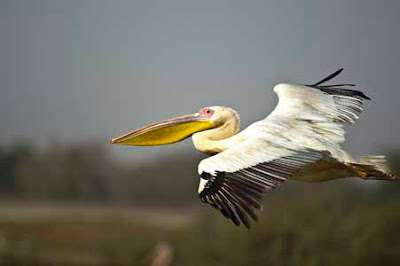
Kormoran:

Jacana, Wasserfasan, Actophilornis africana:

Larus cirrocephalus, Graukopfmöwe?

Häufige Echse in Zebrabar!

Gonolek de Barbarie, something special! Lanarius barbarus. Very shy, but a regular visitor
in Zebrabar!
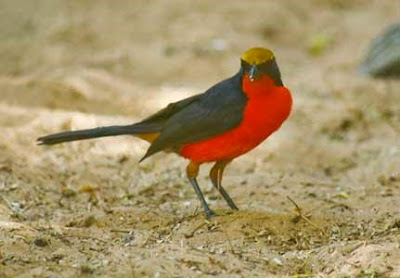
Seeschwalbe, vielleicht Gelochelidon nilotica?
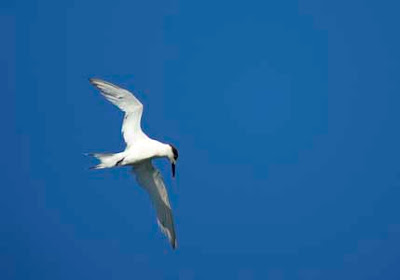
Two big terns, Seeschwalben: red beak with dark tip: Sterna caspia, yellow beak: Sterna maxima, Königsseeschwalbe?




Grauliest, eine Eisvogelart, Ceryle rudis, Pied kingfisher.

Masses of Burhinus senegalensis, auf deutsch Senegaltriel.


Riffreiher, Egretta gularis:

Birds making use of marshland: plovers and stilts:
Im Sumpfland haben Vögel verschiedenste Tricks entwickelt: Regenpfeifer mit kurzen Beinen,
Stelzenläufer mit langen Beinen.


Uferschnepfe, Limosa limosa, im Winterkleid und Stelzenläufer, Himantopus himatopus.


Tringa nebularia, Common Greenshank, Grünschenkel

Batis senegalensis, Pririt de Senegal, female:

Ein Kiebitz, Vanellus spinosus:

Rotschnabeltoko: Tockus eurythrorynchus:


 Shopping in Sucupira market in Praia:
Shopping in Sucupira market in Praia: Eav waiting for the bed covers:
Eav waiting for the bed covers: Our kindergarden at the lagoon:
Our kindergarden at the lagoon: Excursion with Marina and Bernard Lorac to see Misa's project in Porto Madeira:
Excursion with Marina and Bernard Lorac to see Misa's project in Porto Madeira: Granite sculpture (Female figure):
Granite sculpture (Female figure):






 Celeste making us wonderful fruit salad. We managed to get the first mangoes of the season!!
Celeste making us wonderful fruit salad. We managed to get the first mangoes of the season!! Papaya:
Papaya:
 Pinhao, Papaya and Mango:
Pinhao, Papaya and Mango:

